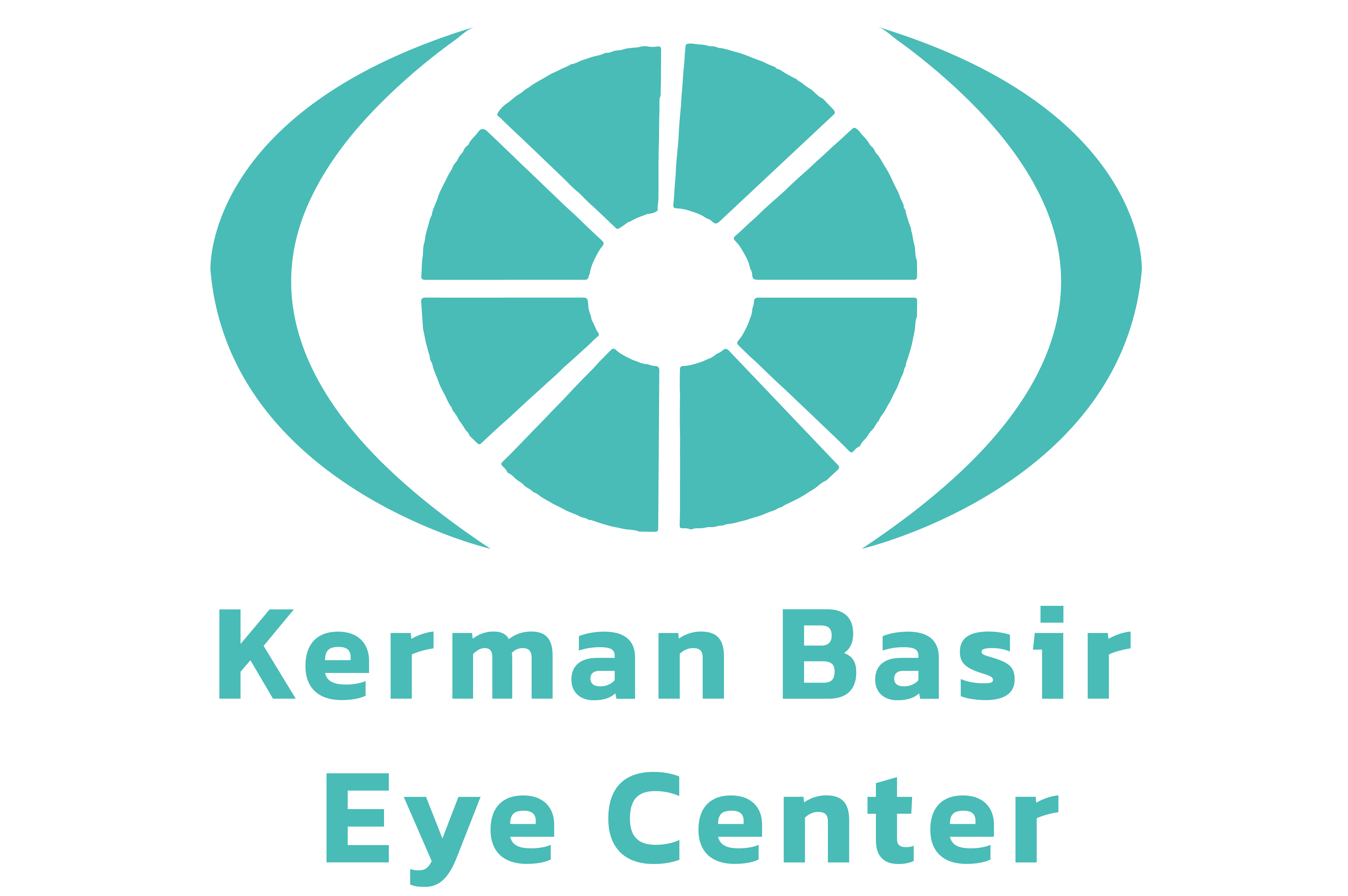LASIK, which is considered one of the most common, accurate and safe surgical methods for refractive errors today, is a two-stage surgery that is performed on the cornea. In this method, a layer (thin flap) is cut from the surface of the cornea. At first, fine automatic blades (microkeratome) were used to cut the flap, but now with access to the femtosecond laser, it is also possible to cut the flap with a laser. In this way, the accuracy and safety of the operation increases to a great extent. With the combination of excimer laser and femtosecond laser, a new technique called femtolysis was presented, which is considered one of the best and most popular surgical techniques for refractive errors today.
General conditions for LASIK eye surgeries
If you are applying for LASIK surgery to correct refractive errors, pay attention to the following points.
-Sufficient thickness of the cornea
– Not having uncontrolled diabetes
– Absence of connective tissue disorders
– No history of corneal herpes
– No intraocular inflammation
– Not having glaucoma or cataracts
– Not taking some drugs such as Rakutan
– Not having unrealistic expectations from LASIK surgery
Which type of LASIK operation is better?
For each person, the best type of LASIK operation is determined by the doctor according to the eye conditions and physical diseases of the person. The above cases are checked by an ophthalmologist before the operation, during examinations, imaging, etc., and based on the results, the appropriate operation to remove glasses is selected. Your ophthalmologist will also remind you of the above and possibly other points before surgery.
Preparations before LASIK surgery
-Washing eyelids and eyelashes the night before LASIK surgery
-Not wearing makeup 48 hours before LASIK surgery
-Wear light and comfortable clothes on the day of LASIK surgery
– Not using perfume and cologne on the day of LASIK surgery
– Not using contact lenses 48 hours before LASIK surgery
– Use of sedative pills in case of anxiety
Essential care after LASIK surgery
-Visiting the day after the operation by the doctor and receiving medication orders (according to the findings of the examination)
-Visiting at regular intervals during the first 6 months after the operation according to the doctor’s order
-Starting light daily activities if the feeling of discomfort is not great and following the precautionary recommendations determined by the doctor
-Avoid driving for a week after the operation
-Prohibition of swimming for at least 3 weeks
-Avoid using contact and cosmetic lenses for at least 3 months after the operation
-Avoiding violent sports such as boxing, football, karate, etc. for at least 10 weeks
-Avoid rubbing and scratching the eyes in the first weeks after the operation
-Avoid using lotions, creams and other cosmetics around the eyes for at least 3 days or until the ophthalmologist allows.
-Note that during the first few months after the operation, there is a possibility of fluctuations in vision and stabilization of vision may require 3 to 6 months. During this period, you may experience symptoms such as visual impairment while driving at night, dazzling lights in the field of vision, and luminous halos.
-According to the conditions of each patient and the results of post-operative examinations, there is a possibility of changing the above times, and the ophthalmologist will inform the patient of special and necessary recommendations.
